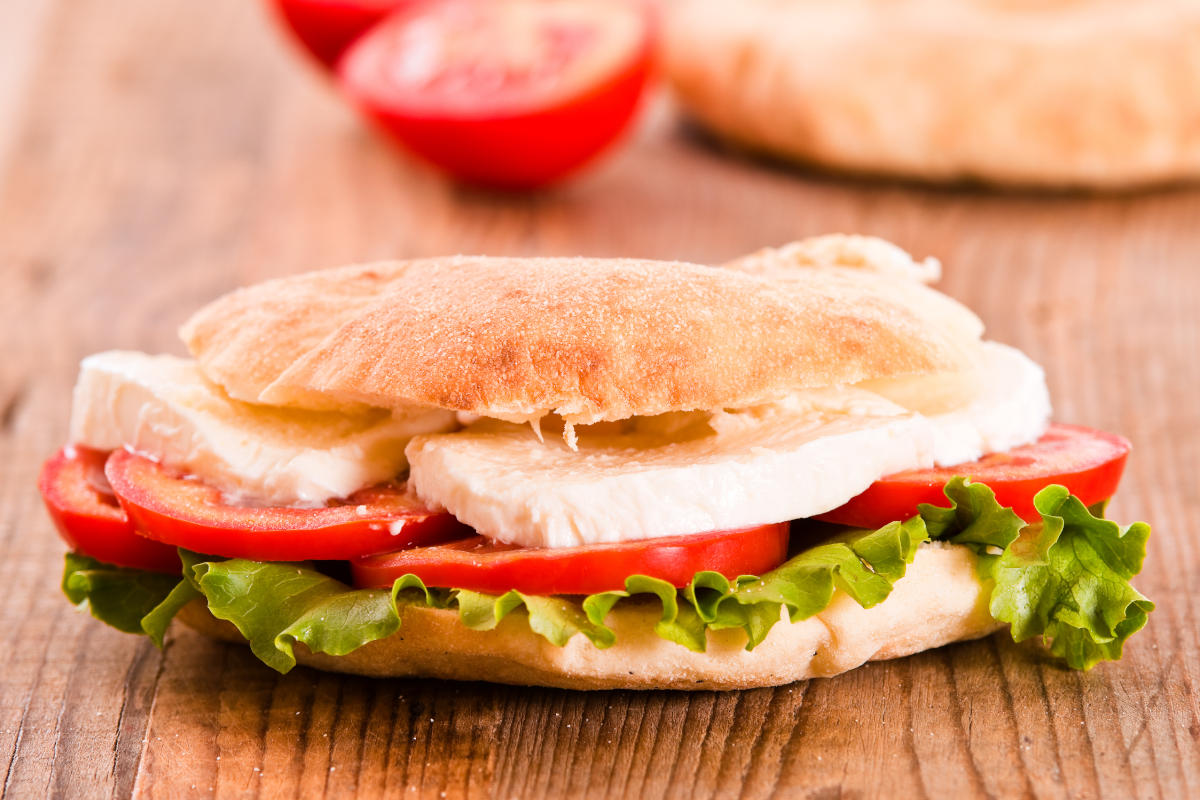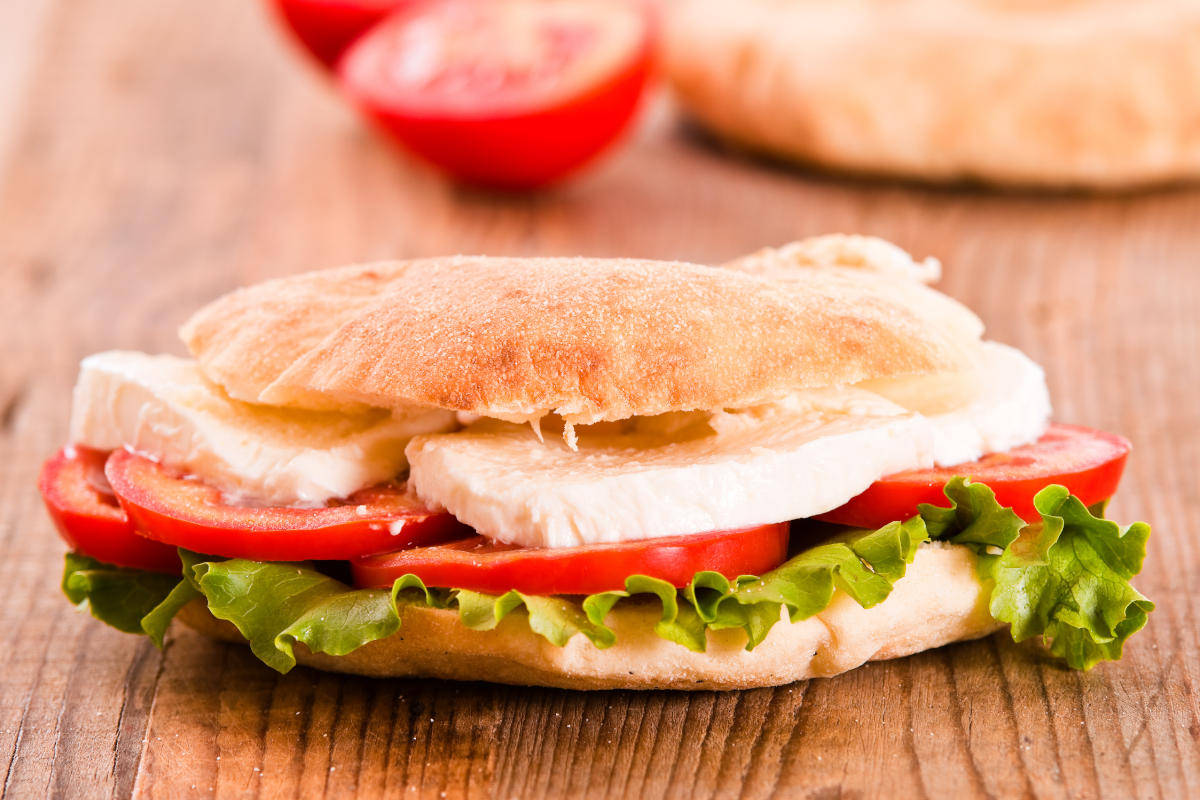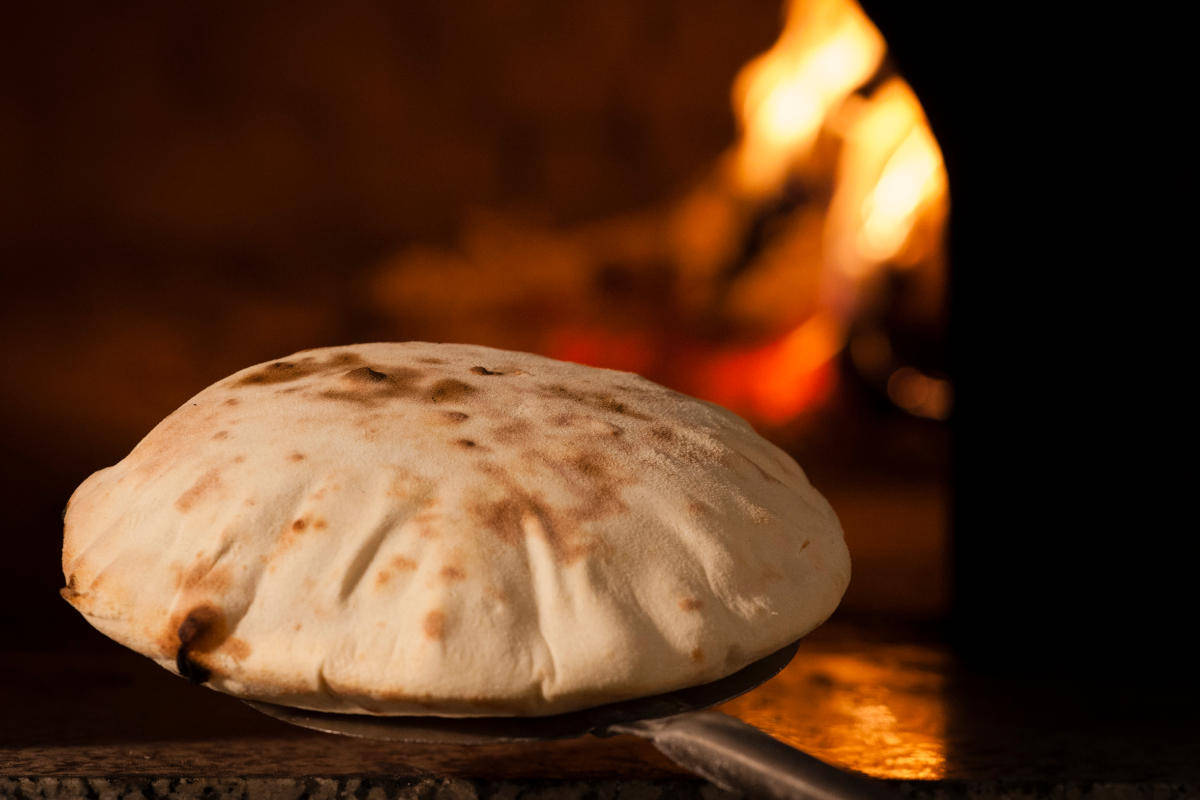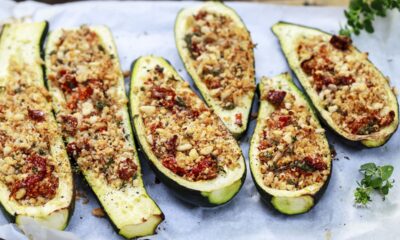Recipes
Puccia from Salento

Puccia is a typical product of Salento that is now increasingly loved and transformed into modern street food. But what is it about? Let's find out!
The puccia is a soft bread typical of Salento cooked on stone , subjected to a slow and natural leavening. Its production area goes from Lecce and its surroundings to the Taranto area. In the Foggia area there is a similar product but it is made with the same dough as the pizza and is called papòsc.
The two main types of puccia are the uliata (or caddhipulina ) and the smooth one, which is then filled with companatico. Today we see how to make the white "uliata" version, how to stuff it, its history and all the variations!

How puccia is made: preparation
The preparation of the puccia is not complicated at all. You will need to be careful and have at least 3-4 hours available to respect the leavening time.
- The dough . Start by dissolving the yeast in a little water with the sugar. Take a bowl and sift the flour inside; once the dissolved yeast has been added, mix everything. Add the water, oil and salt and continue kneading .
- The shape . Line a baking sheet with baking paper; on a cutting board, remove small balls of dough and place them neatly on the pan.
- The leavening . Cover the balls with a clean damp cloth and a blanket and leave the dough to rise for at least 2 hours – it should double in size. Be careful not to place the balls of dough too close together as they may stick.
- The cooking . After 2 hours, turn on the oven at 250°C and bake for 20 minutes. After this time, reduce to 200°C and wait another 30 minutes.

How to fill the puccia?
The most common and most successful type of puccia in the north, reinvented in modern street food , is the smooth one in the shape of bread, then filled with companatico. As well as panzerotti , traditionally, it was filled with poor ingredients of the Apulian tradition and with what the earth had to offer: mozzarella, burrata, grilled aubergines, onions, fresh tomatoes or turnip tops.
Today it can be stuffed with anything we have available: from cured meats, to cheeses, to tuna, to pickles. Room for creativity!
Many variations of puccia
In reality, the term puccia indicates two types of product in Salento:
- a typical bread of the size of 20-30 cm in diameter which is filled in a common sandwich.
- a seasoned bread or with tomato, onions and black olives or even white, without tomato, enjoyed in combination with dishes, as it is. It is also called puccia caddhipulina or uliata .
In reality, there are many other variations : the tradition varies from country to country, due to the oral transmission of the recipe from generation to generation. Furthermore, being a product closely linked to peasant life and hard work in the fields, it was made with waste ingredients or to be consumed , such as onions and olives which abound in Salento.
In addition to the two variants mentioned above, there are those made with semolina flour (called pucce alla vampa , typical of the Taranto area) or made in a pan , similar to focaccia and filled with onions, olives, capers, salted anchovies, tomatoes and chilli pepper. The latter are typical of the Pulsano and Lizzano area and are called Puccia alla tajedda or Puccia alla spàsa which, translated, means puccia in a pan .
storage
The fresher it is, the better and more fragrant it is: however, puccia can also be kept for about 1-2 days in a paper bag or in a container suitable for bread. We do not recommend freezing in the freezer.
The history of puccia and its etymology
According to historians "puccia" comes from the Latin " buccellatum ", a typical Roman bread eaten by legionaries during war expeditions. Then the typical bread, small and easy to carry, became the healthy and nutritious food of the Apulian peasants .
Even if today they can be enjoyed all year round, pucce with black olives are also called Pucce dell'Immacolata because, traditionally, they were eaten as the only meal on the day of the Immaculate Conception, in which one remained fasting to respect the religious beliefs and the day of prayer.
Puccia: the calories
Depending on the type of puccia consumed and its filling, the calories can obviously vary. In general, however, it can be said that it is a healthy, nutritious and tasty baked product . In a puccia (only bread) there are about 292 kcal . Out of 100 g, 4.32 g are fat, 53.76 g are carbohydrates and 8.57 g protein.
Riproduzione riservata © - WT











